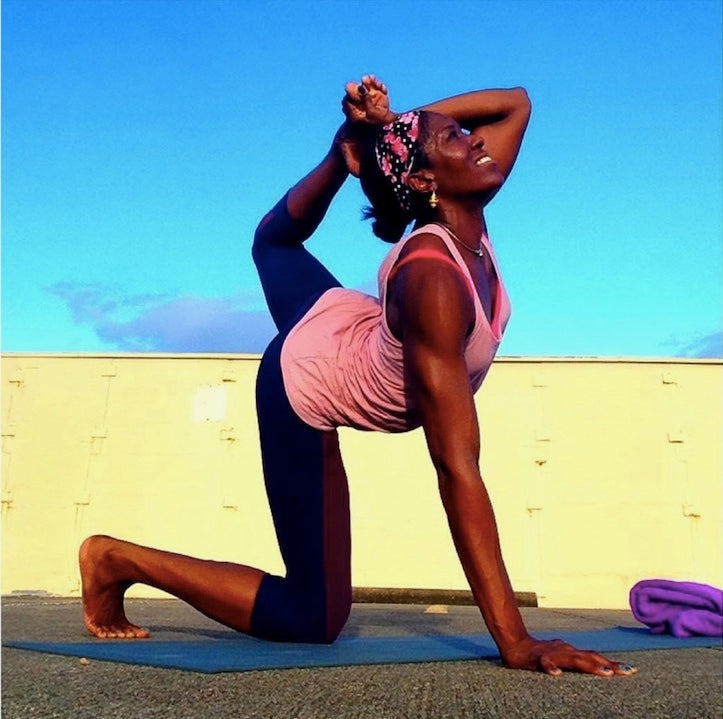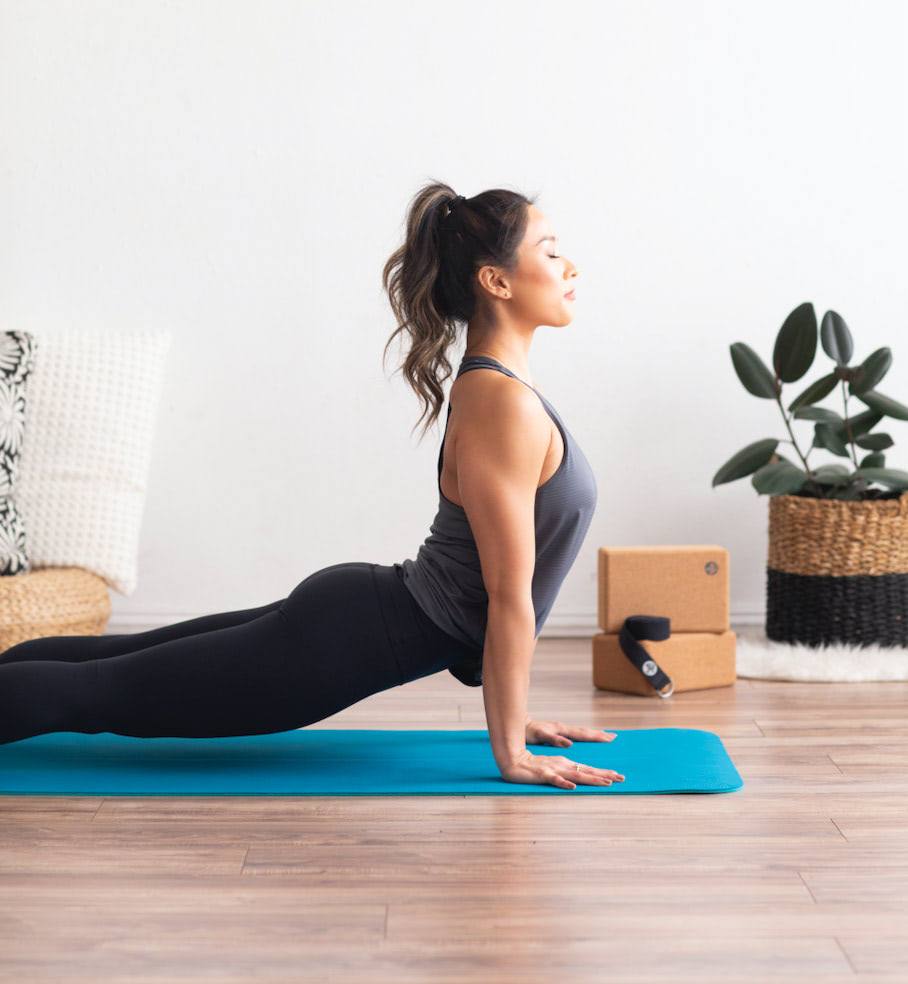As a yoga teacher, you hold space for others day after day, breath after breath. But who holds space for you? There’s a tendency to perceive yoga teachers as effortlessly calm, immune to stress, anxiety, or burnout. The reality is different. Teaching yoga can be deeply fulfilling, but it also carries invisible pressures: irregular schedules, emotional labor, job insecurity, and a constant expectation to embody serenity even when your internal experience feels otherwise. Over time, this dissonance can quietly erode mental health.
Protecting your well-being isn't just self-care, it’s essential to sustaining a long, fulfilling, and joyful teaching journey. Here are a few ways to check in, set boundaries, and nourish yourself both on and off the mat.
Setting Boundaries
When you’re deeply invested in helping others, it can be easy to put your students' needs above your own. But emotional overextension, especially when carrying burdens you're not trained to support, can lead to compassion fatigue.
Actions Items:
-
Define where your role as a teacher ends and where outside resources (like counseling or therapy referrals) should begin.
-
Create small post-class rituals (like a few deep breaths or a grounding pose) to reset your emotional space before moving on.
Healthy boundaries protect both you and your students allowing you to guide from a place of steadiness, not depletion.
Community
Without the rhythms of a traditional work environment, yoga teaching can sometimes feel isolating. Loneliness, now considered a major factor in declining mental health, can creep in quietly for instructors balancing scattered schedules and independent work.
Actions Items:
-
Join online teaching communities, mentorship programs, or social groups that offer connection and peer support.
-
Make a point to attend yoga gatherings, workshops, or retreats not just to learn—but to simply be among others who understand your path.
Community reminds you: you are never practicing alone.
Your Own Practice
When teaching becomes the primary focus, your own practice can start to feel like work. But your personal time on the mat is where you reconnect with yourself, not your students, not your sequencing, just you.
Actions Items:
-
Schedule your personal practice with the same importance as a teaching commitment.
-
Even 10–15 minutes of intuitive movement, meditation, or pranayama can reignite inspiration and support emotional resilience.
Supportive Flow: Try Slow Flow with Carla for a gentle reset, or Flow Yoga with Lisa B to reignite joy.
Looking after your mind will ultimately allow you to thrive both on and off the yoga mat.
Mind Your Mental Grounding
You guide your students to stay present, but are you holding that same space for yourself?
Mindfulness practices like meditation, breathwork, or even mindful walking between classes can anchor you back to yourself amid busy days.
Actions Items:
-
Begin or end each teaching day with 5 minutes of stillness.
-
Let your breath clear the emotional energy that accumulates while holding space for others.
Try This Practice: Seated Meditation and Flow to Release Anxiety
Final Thought
Teaching yoga is a gift, but it’s one you must offer yourself first.
By creating strong boundaries, staying connected, nurturing your personal practice, and protecting your own mental space, you ensure that your teaching is sustainable, authentic, and fueled by joy not obligation.
Your well-being is the foundation your students stand on. Honor it with the same intention you bring to your mat, and watch your practice, your classes, and your spirit flourish.








